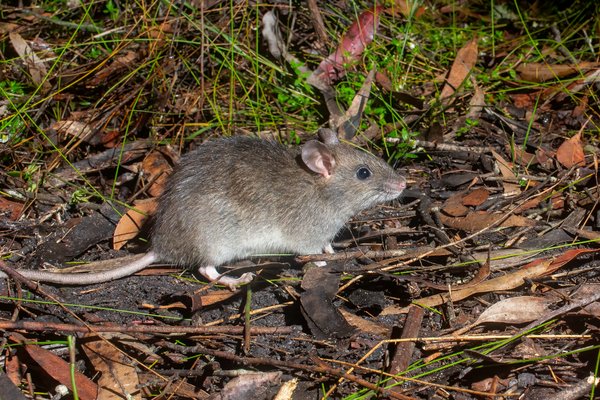A bird in the bush is worth $223,851 in the hand
Birdwatchers flock to see a Black-backed Oriole in Pennsylvania, USA, generating significant economic impact in the process.
Birdwatchers, or twitchers (see here for the official lingo used by birders), take their hobby very seriously. If you don’t believe me, I challenge you to watch the movie The Big Year – a 2011 Hollywood film starring Jack Black, Owen Wilson, and Steve Martin. Ultimately, this type of behavior represents a unique way in which our overall biodiversity is valued. Hence, quantifying and estimating the economic impact that birdwatchers have is critical to fully understand and value our biodiversity, which can then be demonstrated to policymakers.
On January 26th, 2017, (or, Australia Day here in Australia) homeowners in suburban Pennsylvania noted an unusual bird visiting their birdfeeder that they didn’t recognize. After posting it to facebook for identification, it turned out it was a Black-backed Oriole (Icterus abeillei) – only the second time the bird had been seen in the United States. Birders quickly gathered to view the bird and the homeowners kept a log-book of visitors and where they travelled from. We used this logbook as a data source, in conjunction with surveys of birdwatchers, to estimate the economic impact of the event.

The Black-backed Oriole which visited suburban Pennsylvania and drew stacks of crowds
Image: Corey Callaghan© Susan Schmoyer
Over the 67 days the bird was present, a total of 1,824 visitors travelled to see the bird, travelling from >1000 km in some instances. In total, the economic value of the event, through accommodation, food, and travel combined ranged from ~ $213,000 USD- $223,000 USD, depending on the specifics of the analysis. This is the first time that an instance of an individual rare bird has been valued.

A map of where people travelled from to visit the Black-backed Oriole
Image: Corey Callaghan© Corey Callaghan
This type of behavior is relatively common within the birdwatching hobby. For instance, see these photos here, for examples of mega-twitches. Unfortunately, it is an incredibly difficult type of tourism to study due to its inherent unpredictability and ephemeral nature. Luckily, in this instance, the homeowners happened to keep a log-book of visitors. We are currently exploring a similar instance in Australia, of long-staying Aleutian Terns which have been seen at Old Bar, NSW.

Birdwatchers gathered to view the Black-backed Oriole
Image: Corey Callaghan© Jeffrey Gordon
Ultimately, the conservation of birds’ habitats is critical for their survival, but in the pursuit of economic benefits, we are driving birds to extinction from activities such as land clearing and degradation. Valuing ecotourism is one way of putting a price on some of the less tangible benefits of biodiversity which need to be accounted for in decisions about land development. This study provides a small but valuable piece of economic evidence for policy-makers to incorporate in their assessment of the potential economic value of the environment, including vagrant birds, which are ultimately dependent on the persistence of biodiverse natural habitats.
Corey T. Callaghan, PhD Candidate, Centre for Ecosystem Science, UNSW Sydney
Dr. Richard E. Major, Principal Research Scientist, AMRI, Australian Museum
More Information
- Callaghan, C. T., M. Slater, R. E. Major, M. Morrison, J. M. Martin, and R. T. Kingsford. 2018. Travelling birds generate eco-travellers: The economic potential of vagrant birdwatching. Human Dimensions of Wildlife 23(1):71-82










